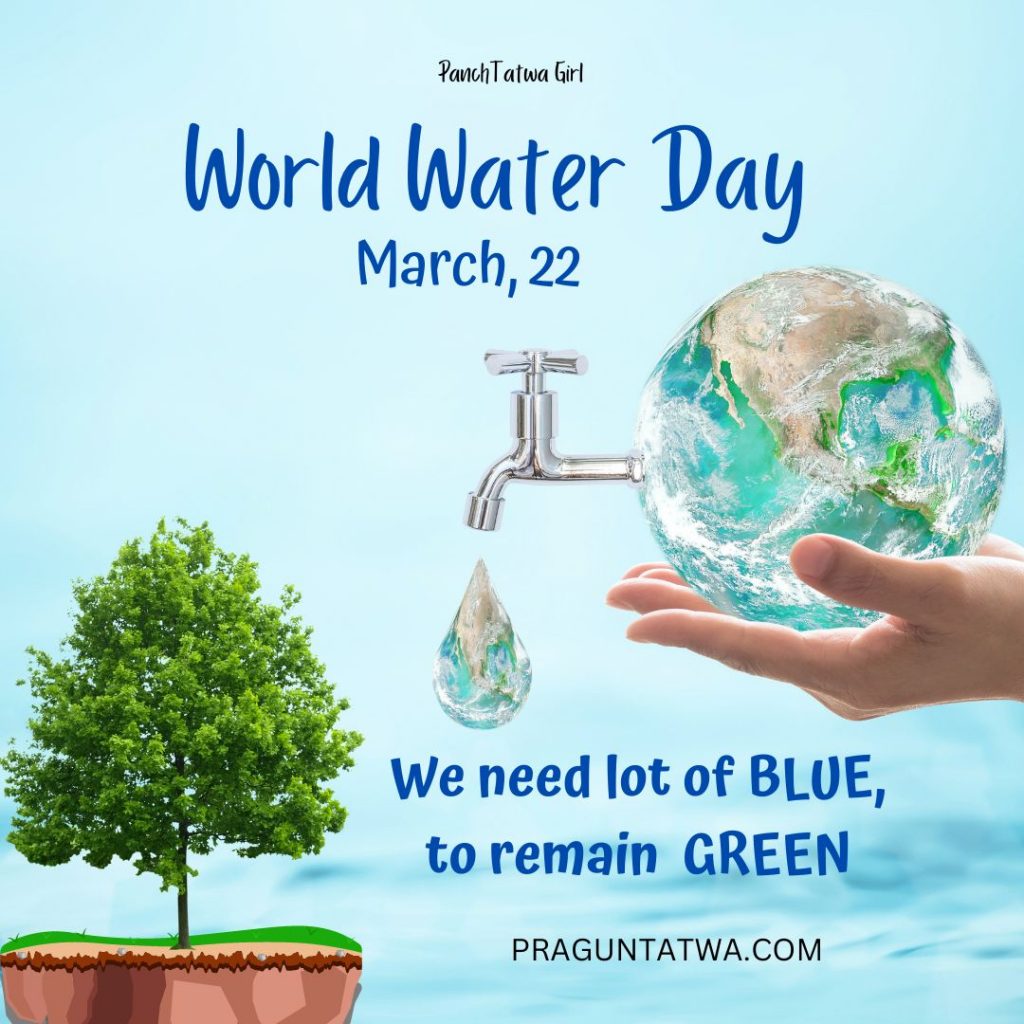Be water-wise

Be Water-Wise
There are many things that you can do to reduce your water footprint. The first is as easy as taking shorter showers. You can also use a dishwasher and clothes washer more efficiently. Next, you should also try to use less water when doing the dishes or watering plants. If you have an irrigation system, try to turn it off when it’s not needed. And lastly, if you’re in need of a new car, make sure it has a high MPG (miles per gallon).
Being water-wise means using water efficiently and responsibly to conserve this precious resource. Just .4% of the Earth’s water is freshwater, and far too much of that gets wasted every day.
Save water
An easy way to live more sustainably is to conserve household water use. Consider installing water-efficient toilets or dual-flush toilets that let you choose whether to use a full flush (for solid waste) or a half-flush (for liquid waste). Newer clothes washers can automatically sense the smallest level of water needed for each load. Smaller changes, such as switching to water-saving shower heads and adding aerators to your sink faucets, are also effective ways to significantly reduce household water use. To conserve water outdoors, use landscaping adapted to your local environment. When buying plants, look for drought-tolerant species and varieties and be sure to plant them in proper soil and sun conditions to reduce their need for excess watering. Set up sprinkler systems so they don’t water the sidewalk, the driveway, and other paved, impermeable surfaces.

Here are some tips to help you be water-wise:
Fix leaks: Check for and repair any leaks in your home, such as dripping faucets or running toilets. A leak can waste a significant amount of water over time. There are several water-wasting problems that could be coming from your toilet, such as a clogged toilet, a running toilet, or a leaky flush valve. To eliminate these problems, you need to make sure your flapper is in good shape and that the fill valve is working properly. It’s also important to make sure you don’t have any leaks from drain lines. If you suspect there’s a leak coming from your toilet, contact a professional immediately!
Use water-efficient appliances: Choose water-efficient appliances, such as washing machines and dishwashers, that use less water than older models.
Water plants wisely: Water plants early in the morning or in the evening when temperatures are cooler to reduce evaporation. Also, use a watering can or a hose with a spray nozzle to target the roots of the plants.
When buying plants, look for drought-tolerant species and varieties
When buying plants, look for drought-tolerant species and varieties and be sure to plant them in proper soil and sun conditions to reduce their need for excess watering. Drought-tolerant plants are perfect for people who want to reduce their water usage at their homes. You’ll save money on your water bill and be contributing to the environment by conserving this precious resource.
Collect rainwater: Collect rainwater in a rain barrel or a container to use for watering plants or other outdoor uses.
Take shorter showers: Shortening your shower time can save a significant amount of water over time. Consider installing a low-flow showerhead to reduce water usage. Installing a low-flow showerhead or a shower timer is one of the easiest ways to use less water. The average family uses 400 gallons of water per day in their home, while the average dual-flush toilet only uses 1 gallon per flush. That’s a huge difference! So, If you want to live more sustainably and save money on your water bill, install a low-flow showerhead or a shower timer today!
Use a broom instead of a hose: Use a broom or a leaf blower instead of a hose to clean driveways and sidewalks.
Use a pool cover: Use a pool cover to reduce water evaporation and keep the water clean.
Recycle water: Use recycled water, such as greywater, for outdoor watering or flushing toilets.
Switch to reusable water bottles: One way to be more environmentally conscious is to switch over to reusable water bottles. There are many benefits of using a reusable water bottle, including the fact that it’s better for the environment.
- Older toilets use up to three to seven gallons more per flush. Most toilets have a date stamped either inside or on the back wall of the tank. If your toilet is more than 20 years old, it’s time for a new one. But if this is an expensive option, toilet buddies can help with reducing high-flush volume. A DIY alternative is to pour water down the toilet to cut down on excessive flushing.
By following these tips, you can be water-wise and help conserve this important resource. Using less water saves energy and infrastructure costs. Saving water also means less water is lost to contamination, and it helps assure an adequate supply of clean water for the future. In your own household, you can conserve outdoor water use by mulching your gardens, keeping your grass a little longer, and washing your car on the lawn. Indoors, simply keep the water off when you are not actively using it, like when washing dishes, brushing your teeth, or generally cleaning up. Try this in the shower by turning the water on to the lather up, off while scrubbing up, and on again for the rinse. Shorter showers are good too.
From my Green Bag –
Support, share, and try to bring that one change in your life toward a greener tomorrow. Do check out my other posts on Sustainable Conscious living, a step towards a healthier planet. Which covers easy ways to save water, save energy, conservation at the home level, a little bit to heal Mother Earth, and much more. Listen to some wonderful people in eco-friendly talks in episodes of Green Talks.
Looking for an Eco-friendly Life? Want to change a habit towards more sustainable living? Then join me in this mission to raise awareness and adopt more sustainable practices. Find 30 ways to Earth-friendly living And Reasons to refuse plastic bags.
I’m just a simple eco-conscious human requesting everyone to love this planet and put in that little effort toward a better and greener tomorrow. Learning to be more environmentally friendly is easier than you think. You don’t have to jump in by changing everything, start small to make the changes more sustainable and a part of your normal life.








Recent Comments